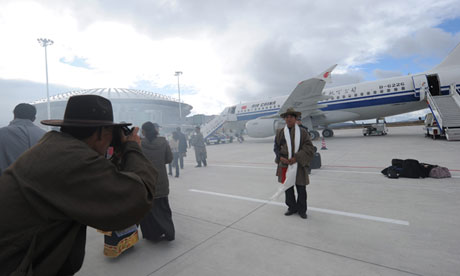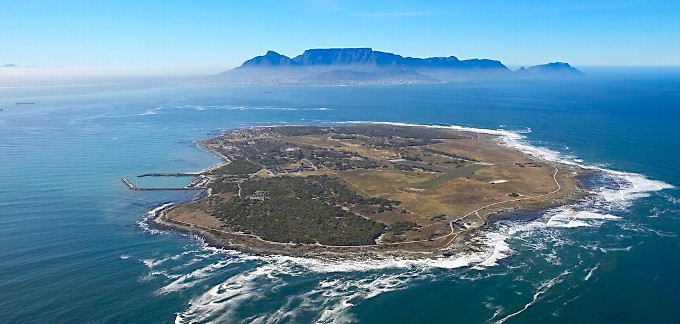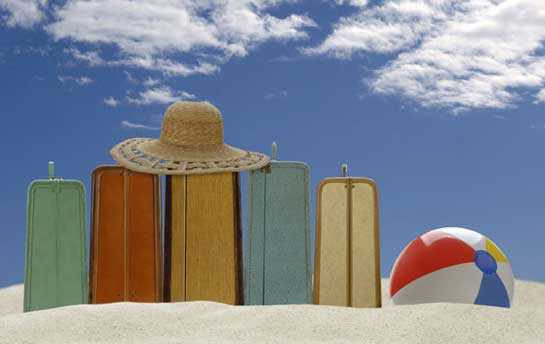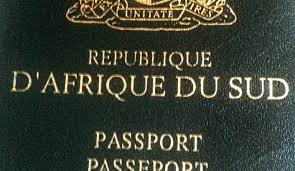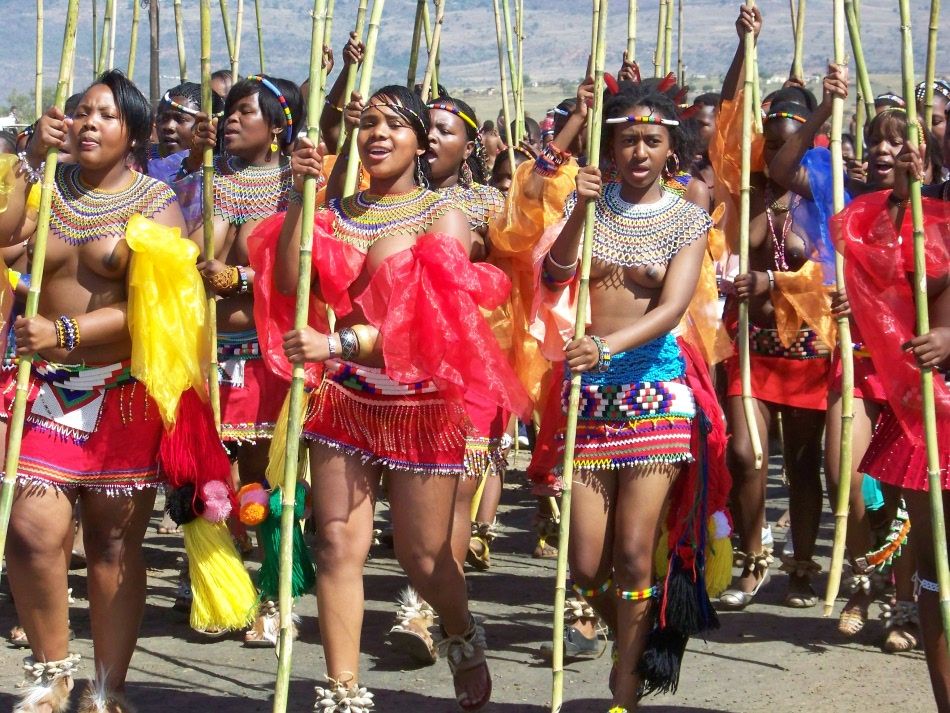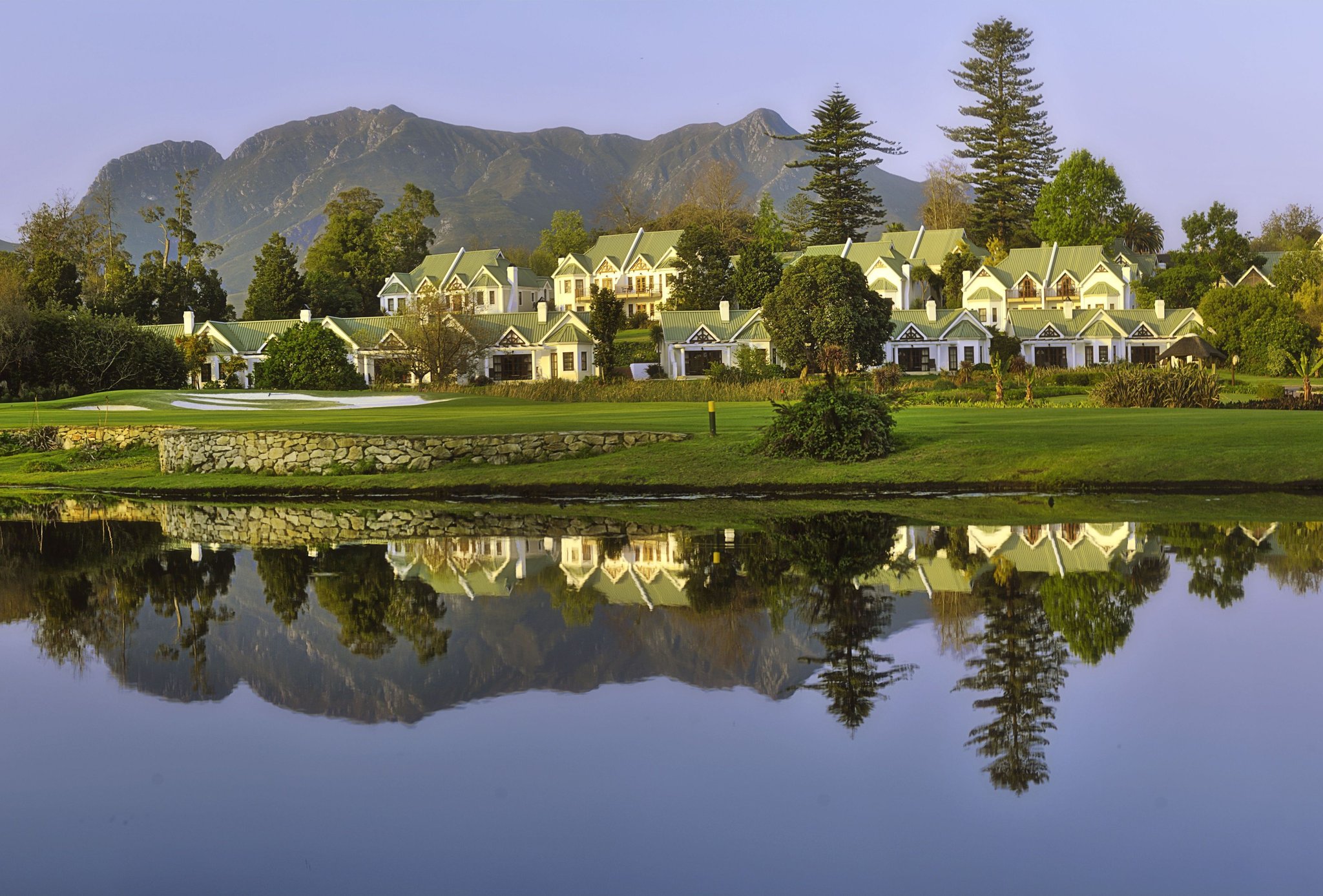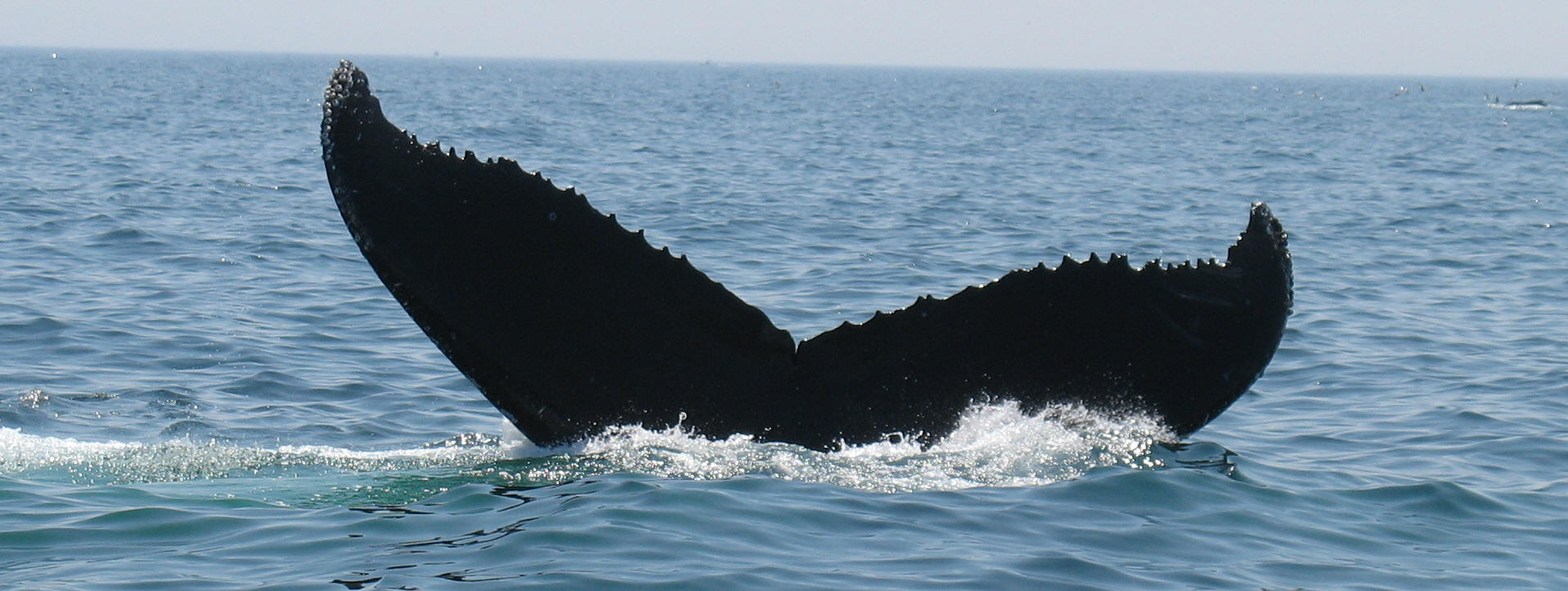China’s record breaking Daocheng Yading Airport becomes the world’s highest airport
The highest-altitude civilian airport, China’s Daocheng Yading Airport stands at a staggering 4411m above sea level and is located in the Sichuan region, in remote Tibet. It is believed that the airport will effortlessly ease the lengthy two day road journey from the Chengdu, the provincial capital, to the Yading region by reducing the journey to a comfortable 65 minute flight.
The airport is part of China’s multibillion-dollar plan to reap the economic benefits of tourism in the region. Additional infrastructure projects to be introduced along the Tibetan Plateau are a seventh airport, a Swiss inspired tourism town and a 4.7 billion USD theme park.
At the cost of $258 million Daochen Yading airport which took two years to build, will be able to accommodate 280 000 passengers a year and will provide easy access to the Yading Nature Reserve. This locale is well known for its unspoilt natural beauty. China’s state news agency touted this eastern part of the Qinghai-Tibetan Plateau as the “the last Shangri-La” and “the last pure land on the blue planet.”
For now the airport will begin operating routes to Chengdu with the addition of Chogqing and Maerkang County by the beginning of October. More routes to Guangzhou, Shanghai and Xi’an will be incorporated in 2014.
Daocheng Yading Airport is the latest of six airports in the Himalayan region of China and points to the country’s firm commitment to boosting and promoting tourism in the region with the target of 15 million tourists and $327 million in tourism revenue in the next two years. In addition the Chinese government sees these development projects as employment creation opportunities and uplift the poor communities in areas.
The airport may earn its claim to fame by being the current highest civilian airport in the world, yet it does not evade controversy. A one way fare between Chengdu and Daocheng would cost the equivalent of 260 USD. This puts the facilities in the hands of the wealthy and out of reach by the poorer local population.
There remains some concern that the airport was built with a dual purpose in mind. The region is often under tight Chinese control and the argument is that the facility will provide easier access to military troops in times of conflict between the Chinese government and the local population.
Alistair Currie, spokesman for the campaign group Free Tibet, was quick to point out to The Telegraph upon hearing of the opening of Daocheng Yading Airport that, “What China does in Tibet, it does for China, not Tibet.
“More than 95 percent of visitors to Tibet are Chinese, and business interests are dominated by Chinese immigrants or existing Chinese companies. The economic benefits of these kinds of developments almost always flow out of Tibet.” He further added, “For China, Tibetan culture and landscape is a resource to be exploited.”
The Daocheng Yading Airport overtook Bangda Airport in Qamdo, Tibet as the world’s highest civilian airport beating it by 77 metres.

